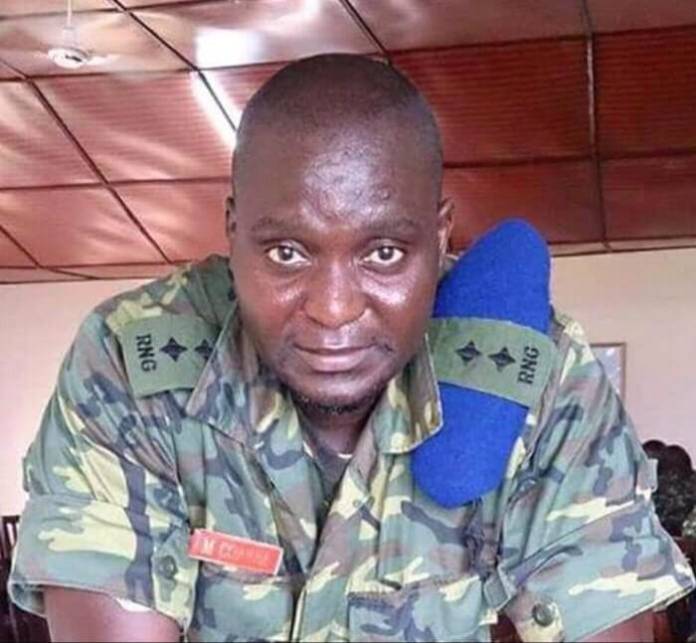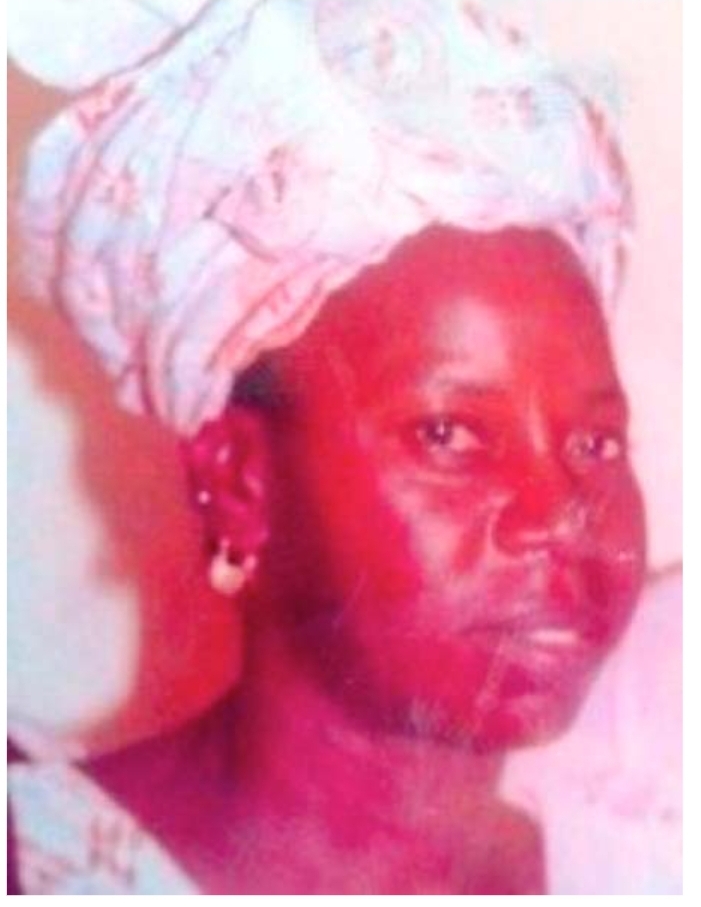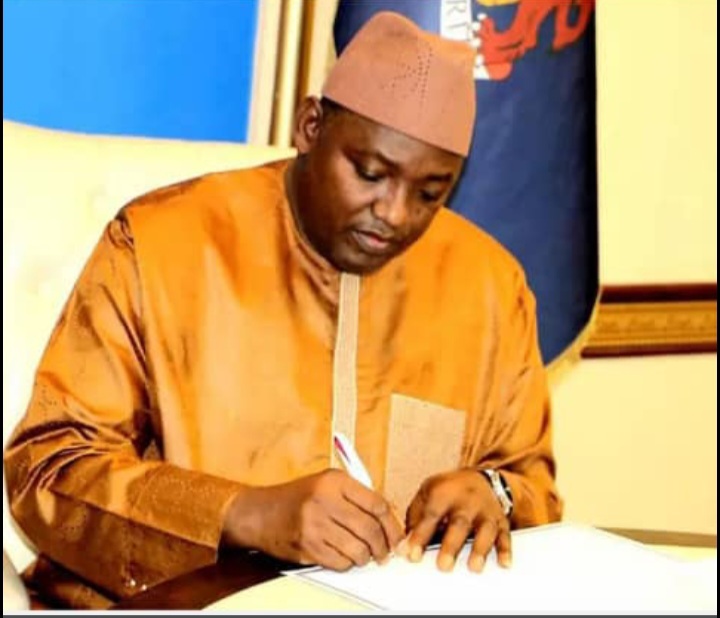By Momodou Ndow
The Western Hemisphere School for Security Cooperation (WHINSEC) formerly known as the US Army School of the Americas (SOA) is a United States Department of Defense School located at Fort Benning in Columbus, Georgia, that provides military training to Latin American countries. The length of the United States global arm is not a secret, whether economically or militarily. After World War II, there was a heightened military and economic tension mainly between the United States and Soviet Union. World War II left the Soviet Union and the United States as the two major super powers, but they had fundamentally different economic and political interests: Soviet Union being a single party – communist state and the United States a democratic capitalist state. The power struggles between the two super powers for world dominance never actually lead to direct wars between the two, instead, is was fought through various proxy wars in Korea, Afghanistan and Vietnam, which they both supported.
In their efforts to gain the upper hand and stop communism from spreading in Latin America during the cold war, the United States initially established the School of the Americas in Panama in 1946 to train Latin American soldiers in counterinsurgency techniques, sniper training, commando and psychological warfare, military intelligence and interrogation tactics, and the use of torture. It was originally named the Army Caribbean School and renamed The School of Americas in1963. But the school was expelled from Panama in 1984 under the terms of the Panama Canal Treaty. Panama’s former President, Jorge Illueca described the School of the Americas as the “biggest base for destabilization in Latin America.”
In 2000, in an attempt to improve its image, its name was changed to the Western Hemisphere School for Security Cooperation (WHINSEC). Since its inception, more than 64,000 Latin American soldiers have been trained at the School of the Americas – among them, some of the regions’ most brutal human rights violators, such as Roberto D’Abuisson, the Salvadoran death-squad leader. A total of 11 Latin American dictators have attended courses at the School of the Americas; men such as Argentine junta leader, Leopoldo Galtieri and Guatemala’s Efraín Ríos Montt, campaign against indigenous villages were classified as “genocide” by a UN-sponsored commission.
The School of the Americas had a bad reputation through the years up until the end of the Cold War. In 1996, the school’s training manuals were declassified. According to a Pentagon memorandum, they promoted the use of intimidation, bounties to kill enemies, torture, false imprisonment, executions and the use of truth serum. Interrogation techniques and the term “neutralization”, which the department of defense admits is a euphemism for illegal execution, were also included in the manuals. The numbers of stories about graduates from the school of the Americas heading repressive regimes or actively committing human rights violations in Latin America are too abundant for it to be a coincidence. The atrocities linked to past graduates of SOA are too horrific and disturbing by any standards.
According to Dennis Dunleavy, on the morning of November 16, 1989, a company of elite Salvadoran soldiers entered the grounds of the University of Central America in San Salvador, El Salvador and dragged six Jesuit priests, their housekeeper and her daughter from their beds. Once taken outside the priests were then summarily executed. He further explained that 19 of the 26 soldiers implicated in the murders were graduates of the US Army’s School of the Americas in Fort Benning, Georgia. That’s an astounding 73 percent! The execution of the Jesuit priests is just a tip of the iceberg. The long list of atrocities perpetrated by graduates since the inception is jaw dropping. In Colombia, 120 out of 245 military officers connected with the worse human rights abuses were SOA graduates according to a 1992 investigation by the Inter-American Commission on Human Rights. That’s 49.98 percent! In 1981, in El Salvador more than 1,000 farmers were murdered by the Salvadoran army in the small remote village of El Mozote. 10 of the 12 officers connected to the murders were graduates from SOA. That’s 83.3 percent! Graduates from the SOA have consistently used their skills to wage war against their own people. They targeted educators, union organizers, religious workers, student leaders, and others who work for the rights of the poor. Hundreds of thousands of Latin Americans have been tortured, raped, assassinated, “disappeared,” massacred, and forced into refugee by those trained at the SOA (aka School of Assassins).
In my interview with Jose Angel Ramirez (not his real name), a 57 year-old Colombian veterinarian, former student union member, and a member of the Patriotic Union Party, revealed to me his experience and shared some of his intimate knowledge. According to Jose, the US backed Columbia military created paramilitary groups who did most of their dirty work for them. He claimed that they assassinated his party’s presidential candidate who was on the verge of winning the presidential elections, and killed a lot of very active members too. They killed around 3000 people and he was one of their targets as well, but he fled to the United States. Prior to escaping to the United States, he was taken from a library by men who he believed to be CIA agents, who wanted to pay him $1000 a month to become an informant for them against his own people.
As a child, Jose learned about how North America took Panama form Colombia and how 3000 workers for the United Fruit Company (a US company) were killed when they tried to organize. So he grew up with the feeling that the US was their enemy because they had their hand all over Latin America, and they trained soldiers at the School of the Americas who came back and committed human rights abuses on their people. When I asked him why he thought the Unites States got involved in Latin America, he replied, “for security and economic interest; their Security interest in terms of the Cold War, terrorism, and the war on drugs, and economic interest in terms of resources and military technology and arms sale”. But he believes United States gained neither, instead, they lost respect and left a trail of blood and horror. And now that most of the Latin America countries have distanced themselves from the United States, they (US) have shifted their interest to the Middle East in the name of security and economic interest. The United States is now partnering with Middle Eastern countries to train their soldiers in counterterrorism techniques.
There is ample evidence of the US training Latin American soldiers at the School of the Americas and their link to Human rights abuses there. There are numerous articles published on the School of the Americas Watch website as recent as June 2014 that makes the link. For the most part, the United States had full knowledge of the abuses and still supported them. Interviewed by reporter John Dinges for his book published in 2004, The Condor Years, Congressman Edward Koch (later mayor of New York City) said that George H. W. Bush, then CIA director, informed him in October 1976 that “his sponsorship of legislation to cut off U.S. military assistance to Uruguay on “human rights” grounds had provoked secret police officials to ‘put a contract out for you’. In mid-October 1976, Koch wrote to the Justice department asking for FBI protection, but none was provided. This lax attitude by the United States in turn created a form of structural political violence and generated a climate of impunity.
General Pinochet of Chile and his armed forces were aided and abetted by the United States in spite of their use of terror both at home and abroad. Virtually all the Chilean military officers who overthrew Allande had trained in a US military school before the coup; and most of those studied at the School of the Americas. Some of the most infamous acts of international terrorism committed by the Pinochet regime included the 1974 car bomb assassination of General Carlos Pratts and his wife in Buenos Aires; the 1974 attempted murder of Bernardo Leighton of the Chilean Christian Democratic Party in Rome; and the car bomb execution of Olando Letelier, former ambassador to the United States for Allende, and his aid in Washington DC. Orchestrated by the Chilean secret police and connected to Operation Condor, a network of South American intelligence agencies collaborated in hunting down and assassinated political dissidents who opposed dictatorships in their native countries. The fact that Pinochet’s secret police comfortably operated in the United States is a clear indication that CIA and FBI were most likely aware of its activities. A key case highlighting U.S. involvement in Operation Condor was that of Chilean Jorge Isaac Fuentes, who was captured by Paraguayan police in 1971 and was last seen savagely tortured. According to Patrice McSherry, in his article Operation Condor: Deciphering the U.S. Role, declassified U.S. documents include a letter from the U.S. Embassy in Buenos Aires (written by FBI officer Robert Scherrer) informing the Chilean military that Fuentes had been captured.
After the end of the Cold War, the United States’ focus shifted to the War on Drugs and they continued their training of soldiers from Latin America. Although the number of soldiers from Latin America coming to the US to train has declined in recent years, Columbia and Mexico still remain the top two countries the US is spending money on to train their soldiers to help fight the war on drugs. Colombia happens to be a huge producer of drugs and Mexico happens to be a big distributor of drugs into the United States because of its proximity. In 2013 Fiscal Year, the Department of Defense spent the most money on training soldiers from Columbia and Mexico, $26,226,017 and $11, 774, 423 respectively. For the United States in general and those at WHINSEC in particular, it is imperative for them to partner with nations in the Western Hemisphere to eliminate the drug problem in their own countries before it spreads into the United States. For them, WHINSEC and the training they provide in counter-drug operations and narco-terrorism is a critical tool. WHINSEC believes that the training it provides coupled with working together with Latin American nations will help make the US streets safer and have a positive impact on crime rates within participating nations. They have also vehemently denied that their teachings were ever directly linked to anyone committing a crime or a violation. According to retired US Army Colonel Gilberto R. Perez in his interview with Ledger Enquirer, WHINSEC is now continuously engaging with the public, with protesters, with the media, with NGOs related to human rights, and anyone who is interested in visiting the school. He further states that WHINSEC is open to visitors every working day and invites people to sit in class, talk with students and faculty, and review instructional material.
Despite WHISEC’s denial that their trainings were linked to any human rights violation, there is ample evidence showing otherwise. The United States involvement in Latin America has always been, and remains to be security and economics, but that approach has contradicted the very principles of freedom and democracy they promote. Many human rights violations have been committed directly or indirectly, in their pursuit of their economic and security interest. Human rights groups and social movements are increasingly united in decrying the use of army troops and militarized police in repressing popular movements and defending corporations in their efforts to wrest resource-rich lands from communities. What the priority should be instead, is building strong, transparent judicial institutions to address human rights crimes and ensure accountability. To eradicate the evil of violent crime, investment is needed, not in military equipment or police and military training. The focus should be assisting in providing unbiased and sustainable economic development that addresses the basic needs of the poor. This, I believe, will result to a better security and economic gain for the United States.





Luntango Suun Gann Gi
Ha, Ha, Ha, Mr. Ndow – I smile! MIT’s own Noam Chomsky has detailed the criminal activity of the United States in Latin America and Globally. Chomsky’s book “Rogue State USA” was reviewed for Gambia’s Daily Observer by myself some 10 years ago. The criminality of USA actions Globally continues – the USA Senate itself told us so in its recent report into the CiA. So your contribution does make me smile.